Accessibility will have a new face at the Olympic and Paralympic Village in Greater Paris.
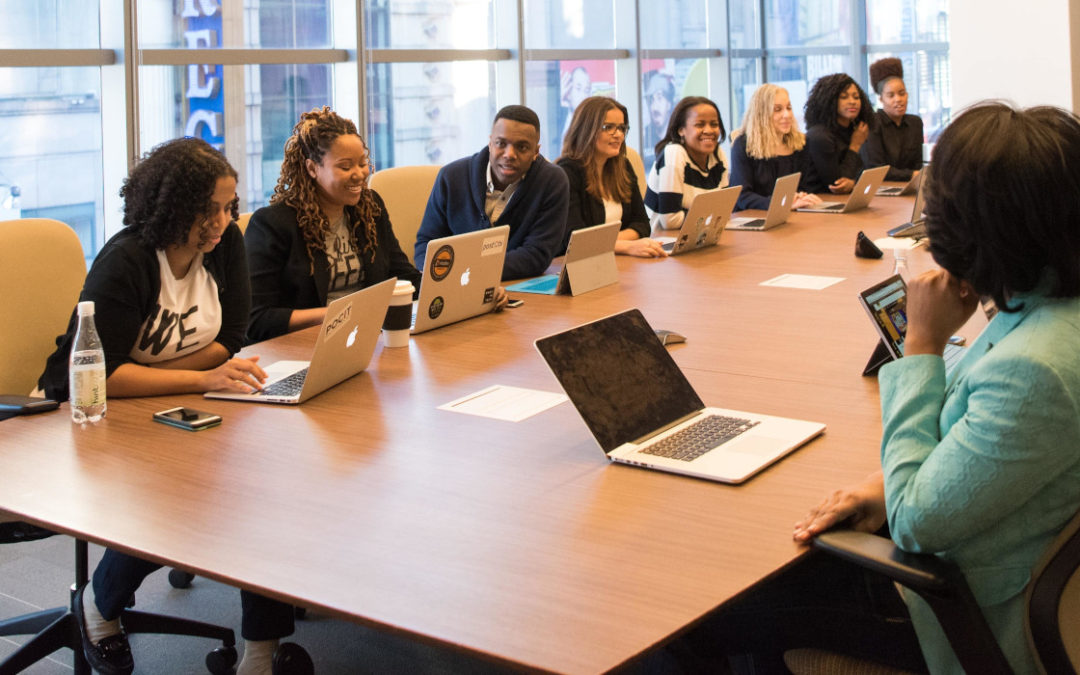
The Number of People with Disabilities in the Workforce Is Rising: How to Include Them and Increase the Performance of Your Company?
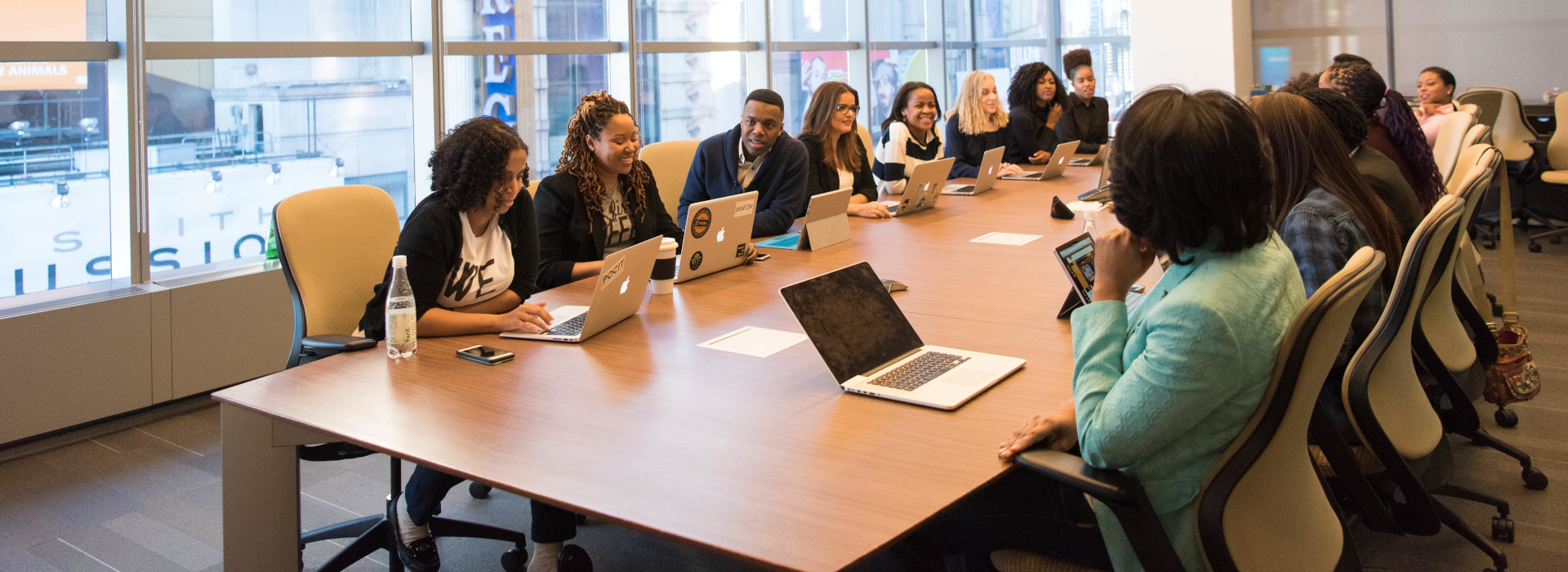
The Number of People with Disabilities in the Workforce Is Rising: How to Include Them and Increase the Performance of Your Company?
Le nombre de personnes handicapées aux États-Unis est déjà inquiétant : 61 millions d’adultes américains . Que fait notre société pour leur être plus accessible ? Si le nombre de personnes handicapées augmente, est-ce suffisant ?
Car oui, le nombre de personnes handicapées augmente, non seulement aux États-Unis, mais dans le monde entier. Certaines d’entre elles sont déjà des membres actifs de notre société, puisqu’elles font partie du marché du travail. Quelles sont les causes de cette augmentation ? Comment pouvons-nous faciliter la vie des employés handicapés ? Comment peuvent-ils améliorer la performance de votre entreprise ?
Vous constaterez que chacun d’entre nous peut être préoccupé par le handicap à un moment ou un autre de sa vie. Mais être en situation de handicap peut contribuer à la croissance de votre entreprise !
Qu’est-ce qui fait augmenter le nombre de personnes handicapées sur le marché du travail ?
Pour clarifier, par « main-d’œuvre » et « population active », nous entendons toutes les personnes occupées ou disponibles pour travailler. Cela signifie que les salariés et les chômeurs font partie de la population active.
Analysons d’abord ce qui conduit au handicap pour mieux évaluer comment améliorer l’accessibilité dans un environnement de travail.
La pandémie de COVID-19
Nous connaissons probablement tous quelqu’un dont les symptômes ont persisté plus de six mois après avoir contracté la COVID-19. Apparemment, cela concerne environ un tiers des personnes ayant eu une forme légère de la COVID-19. On parle désormais de « COVID longue ».
Cela signifie qu’ils ont peut-être souffert d’un AVC, d’hypertension ou de symptômes de fatigue. De plus, les confinements ont également affecté notre santé mentale. En raison de l’arrêt quasi total du monde en 2020, y compris des activités de détente comme les vacances ou les visites à la famille et aux amis, l’anxiété, la dépression et même le syndrome de stress post-traumatique (SSPT) ont prospéré et continuent de prospérer. Après tout, nous traversons toujours cette pandémie et il semble qu’elle s’intègre de plus en plus à notre quotidien.
Les problèmes de santé mentale ne sont pas à négliger. Leur impact est important sur notre bien-être et notre fonctionnement, en tant qu’individus et en tant qu’employés. De plus, ils sont considérés comme des handicaps invisibles, c’est-à-dire que les personnes peuvent ne pas avoir l’impression de vivre avec un handicap au premier abord. Ce n’est que lorsqu’elles sont confrontées à une situation difficile ou éprouvante que leur handicap devient plus évident.
Handicaps invisibles : 80% des personnes handicapées sont concernées !
Comme vous pouvez le constater, la COVID-19 longue peut entraîner un handicap invisible qui peut profondément affecter les personnes concernées et leur vie professionnelle. Cela peut entraîner des arrêts maladie, un stress accru au travail, des problèmes de santé mentale, l’obligation de déclarer à son employeur son handicap et la nécessité d’un poste de travail adapté…
Les personnes malvoyantes dans un futur proche
Selon des études financées par le National Eye Institute , le nombre de personnes souffrant de déficiences visuelles aux États-Unis doublera pour atteindre plus de 8 millions d’ici 2050.
Il en va de même pour le nombre d’Américains légalement aveugles : il doublera également pour atteindre 2 millions.
Comment se fait-il que ces chiffres doublent bientôt ? Cela est principalement dû à des problèmes oculaires non traités et au vieillissement de la population . L’absence de lunettes, de lentilles de contact ou de chirurgie pour corriger la myopie ou l’hypermétropie pourrait entraîner une déficience visuelle à long terme. L’accès aux soins de santé est donc essentiel pour éviter la perte de vision. Même les complications oculaires liées au diabète peuvent entraîner des déficiences visuelles.
C’est pourquoi il est important pour les personnes vulnérables de faire contrôler régulièrement leur vue. Mais cela implique également l’accès aux soins. Nous avons besoin de médecins et d’ophtalmologistes, dans nos villes et nos régions rurales, à des tarifs abordables.
Déficience visuelle et vieillissement sont liés, car les personnes de 80 ans et plus sont considérées comme les plus touchées par la cécité et les déficiences visuelles. En raison de leur âge, elles peuvent être plus sujettes aux maladies oculaires telles que le glaucome, la cataracte et la dégénérescence maculaire.
Mais si une personne aveugle dispose d’un équipement adéquat, d’un écran Braille ou d’un terminal Braille avec un clavier Braille intégré, elle peut quand même travailler et avoir une carrière longue et épanouissante, comme tout le monde.
Une population âgée croissante
En 2030, aux États-Unis, il y aura plus de personnes de 65 ans et plus que d’enfants, selon les projections du Bureau du recensement américain . Nous avons déjà mentionné que cette catégorie de population est plus susceptible de développer des troubles de la vision, mais ce n’est pas tout.
Les personnes âgées peuvent également avoir des troubles de la mobilité qui peuvent nécessiter l’utilisation d’une ou deux cannes, voire d’un fauteuil roulant ou d’un scooter de mobilité.
En vieillissant, nous pouvons tous être confrontés à ces problèmes. Nombre de personnes âgées présentent plusieurs handicaps. Par exemple, une personne peut avoir des difficultés à marcher ou à se lever et être atteinte simultanément de la maladie d’Alzheimer.
Aux États-Unis, selon votre année de naissance, vous pouvez bénéficier de votre retraite complète à 66 ou 67 ans. Mais quel sera votre état de santé à cet âge ? Votre emploi sera-t-il toujours adapté à vos besoins plus tard ?
Informations et chiffres supplémentaires sur le nombre de personnes handicapées sur le marché du travail
⊗ En 2021, il y avait 1,2 million de personnes handicapées de plus qu’en 2020 (selon le Bureau of Labor Statistics des États-Unis ).
⊗ 496 000 d’entre eux participent à la population active.
⊗ 65 % de ces 1,2 million de salariés supplémentaires en situation de handicap ont moins de 65 ans.
⊗ Les employés handicapés ayant de faibles salaires sont plus touchés par la pandémie.
Comment rendre les lieux de travail accessibles aux personnes handicapées ?
Maintenant que vous savez que le nombre de personnes handicapées sur le marché du travail est en augmentation, la question que vous devez vous poser est : que puis-je faire pour rendre leur lieu de travail adapté, accessible et convivial pour elles ?
La suppression des barrières à l’accessibilité sur les lieux de travail repose sur trois principes clés.
Améliorez l’accessibilité physique de votre lieu de travail
Que signifie l’accessibilité physique ? Il s’agit simplement de rendre le bâtiment accessible afin que vos employés en situation de handicap puissent y accéder et s’y déplacer facilement.
⊗ Places de stationnement pour personnes à mobilité réduite,
⊗ Rampes d’accès,
⊗ Balise sonore à l’entrée,
⊗ Grandes portes et couloirs,
⊗ Escaliers sécurisés avec mains courantes et marches contrastées antidérapantes,
⊗ Ascenseurs et/ou escaliers mécaniques,
⊗ Chemins de guidage tactiles,
⊗ Balises audio dans les pièces principales (salles de réunion, bureaux, cantines, toilettes…)
⊗ Toilettes accessibles,
⊗ Pictogrammes,
⊗ Application de navigation intérieure…
Mettez-vous à la place d’une personne en situation de handicap et imaginez ses difficultés. Quels sont ses besoins ? Comment votre lieu de travail peut-il s’adapter à ses besoins ? Si vos bureaux sont particulièrement vastes et complexes, comme une tour d’affaires par exemple, vos employés en situation de handicap pourraient avoir du mal à s’y retrouver.
C’est pourquoi une application de navigation intérieure comme Evelity pourrait être la solution idéale pour répondre à leurs besoins. Elle s’adapte au profil de chaque utilisateur. Ainsi, une personne en fauteuil roulant peut configurer l’application pour qu’elle sélectionne un itinéraire sans marches. Une personne aveugle ou malvoyante peut l’utiliser en la configurant avec le lecteur d’écran de son smartphone. L’application fournit ainsi des instructions audio étape par étape.
Après tout, 89 % des personnes aveugles et malvoyantes utilisent un smartphone . Cela a révolutionné leur mobilité.
Evelity équipe désormais la station de métro JaySt-MetroTech à New York, le musée Victor Hugo à Paris et l’ ensemble du réseau de métro de Marseille. Et votre lieu de travail ?
Fournissez à vos employés handicapés des équipements accessibles
Maintenant que votre bâtiment est accessible, vous devez vous concentrer sur le poste de travail de vos employés en situation de handicap. De quel type d’équipement ou d’aménagement ont-ils besoin pour travailler ?
⊗ Horaires de travail aménagés,
⊗ Technologies d’assistance (écran braille, claviers tactiles et à gros caractères, équipement téléphonique amplifié, boucles à induction audio, dispositifs d’assise et de positionnement…),
⊗ Applications de transcription instantanée pour les sourds et les malentendants comme Ava,
⊗ Des espaces calmes et tranquilles pour les personnes ayant une déficience intellectuelle et les personnes autistes…
Encore une fois, tout dépend des besoins de vos employés en situation de handicap, du type de travail qu’ils effectuent et de l’adaptation de leur poste de travail.
Cultiver l’inclusion pour tous afin de répondre aux besoins du nombre de personnes handicapées travaillant dans votre entreprise
Il n’y a pas de lieu de travail plus attrayant qu’un lieu qui favorise et célèbre l’inclusion pour tous. Parce que vous savez que des employés d’origines, d’ethnies, d’âges, de compétences et d’aptitudes variés sont un atout pour votre entreprise :
⊗ Surperformances,
⊗ Des initiatives de pointe et plus innovantes,
⊗ Taux de rétention des employés plus élevés,
⊗ Des profits plus élevés…
Vous pouvez lire l’analyse et le rapport de McKinsey sur le sujet :
La diversité gagne : l’importance de l’inclusion
Mais comment favoriser l’inclusion pour tous ? Commencez par vous mobiliser pour vos employés en situation de handicap. Cela signifie que vous pouvez former l’ensemble de votre personnel à la communication et à l’interaction avec les personnes en situation de handicap. Et participez-y vous-même, que vous soyez PDG d’une grande entreprise ou dirigeant d’une PME.
Nous avons tous peur de dire quelque chose de mal. Nous sommes généralement tentés d’éviter de parler à une personne handicapée, car nous ne connaissons pas suffisamment ses besoins et ne savons pas quoi faire.
Si tel est votre cas, vous pouvez vous plonger dans cette série d’articles pour savoir comment aborder les personnes handicapées :
6 conseils pour communiquer avec une personne aveugle ou malvoyante
8 conseils pour accueillir une personne en situation de handicap physique
9 conseils pour accueillir une personne en situation de handicap intellectuel
12 conseils pour accueillir une personne sourde ou malentendante
Grâce à une formation adéquate, TOUS vos employés se sentiront à l’aise, vus et entendus. Cela favorisera l’esprit d’équipe et la cohésion d’équipe.
Face à l’augmentation du nombre de personnes handicapées sur le marché du travail, vous devrez mettre en place des solutions d’accessibilité permanentes . Elles leur apporteront confort et les aideront à travailler sans avoir à s’adapter ni à se suradapter. Au final, votre entreprise bénéficiera d’une main-d’œuvre diversifiée et inclusive.
Source supplémentaire :
Vous souhaitez savoir comment nos villes peuvent s’adapter à l’augmentation du nombre de personnes handicapées et aux nouveaux problèmes d’accessibilité ? Consultez ces articles :
Comment les signaux piétonniers accessibles peuvent-ils devenir réactifs au COVID-19 ?
Le handicap comme moteur d’innovation pour la ville intelligente
Publié le 22 avril 2022
media
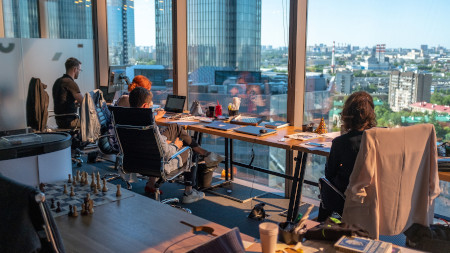
If your offices are particularly large and complex, like a business tower for example, your employees with disabilities may struggle to find their bearings.
writer

Carole Martinez
Content Manager
stay updated
Get the latest news about accessibility and the Smart City.
other articles for you

Open Data Is Key to Fostering Universal Accessibility
Open data represents an opportunity for cities to reach universal accessibility. It shows the missing links of the mobility chain.
Our Audio Beacons Guide the Blind and Visually Impaired at the Helsinki Subway
The Helsinky subway improved their audio signage system by installing on demand and remotely activated audio beacons.
7 Good Reasons to Install Audio Beacons at Your Public Transport Network
Audio beacons are an efficient way to provide more autonomy to blind and visually impaired people. They can easily use public transport.

Will Remote Activation Become the Norm for Accessible Pedestrian Signals?
More and more cities like New York have been exploring remote activation to trigger accessible pedestrian signals.
share our article!
more articles

Disability Statistics in the US: Looking Beyond Figures for an Accessible and Inclusive Society
Disability Statistics in the US: Looking Beyond Figures for an Accessible and Inclusive Society Around 61 million adults in the United States live with a disability. Diving into disability statistics in the US will help us know exactly who is concerned and what...
Our Audio Beacons Guide the Blind and Visually Impaired at the Helsinki Subway
Our Audio Beacons Guide the Blind and Visually Impaired at the Helsinki SubwayOur audio beacons equip the new line of the Helsinki subway in Finland. They help blind and visually impaired people locate the points of interest of a station. For users with visual...
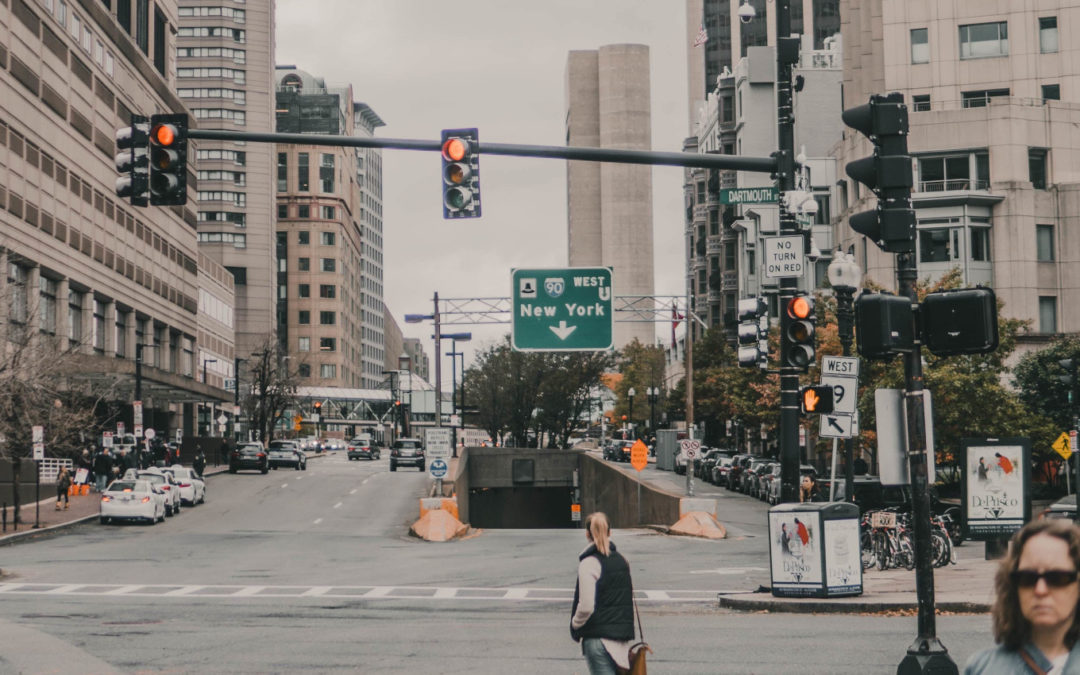
At What Intersections Should You Install Accessible Pedestrian Signals?
At What Intersections Should You Install Accessible Pedestrian Signals? When you install accessible pedestrian signals, you first need to ask yourself where exactly they are needed. Are there any intersections blind and visually impaired pedestrians particularly...

Hearing Impaired People: a Multitude of Profiles for Different Needs
Hearing Impaired People: a Multitude of Profiles for Different Needs Did you know that hearing impaired people have several profiles and that the way they identify themselves is important? You may be familiar with deaf and hard of hearing people but for each of...
NEVER miss the latest news about the Smart City.
Sign up now for our newsletter.
Unsubscribe in one click. The information collected is confidential and kept safe.
powered by okeenea
The French leading company
on the accessibility market.
For more than 25 years, we have been developing architectural access solutions for buildings and streets. Everyday, we rethink today’s cities to transform them in smart cities accessible to everyone.
By creating solutions ever more tailored to the needs of people with disabilities, we push the limits, constantly improve the urban life and make the cities more enjoyable for the growing majority.



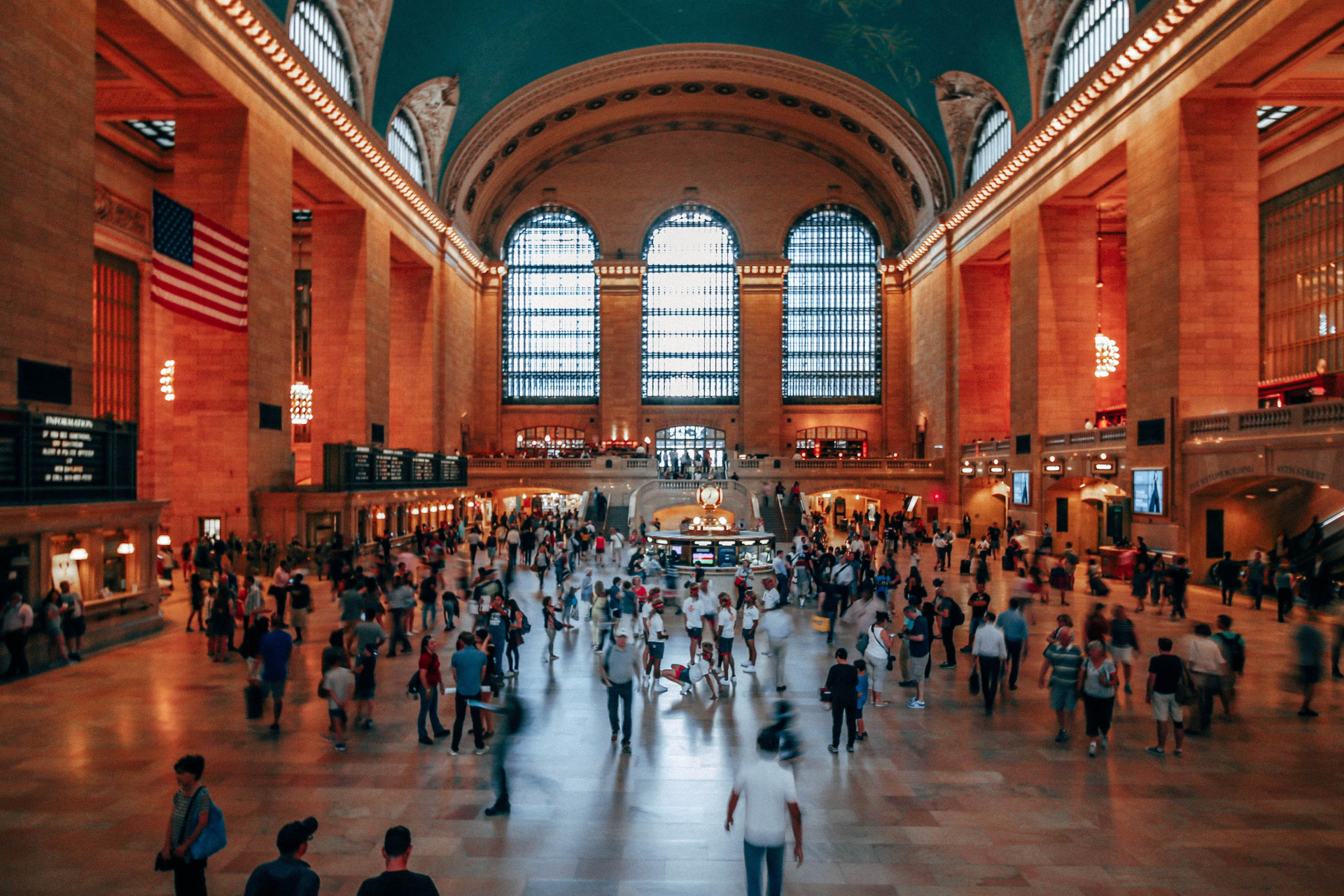
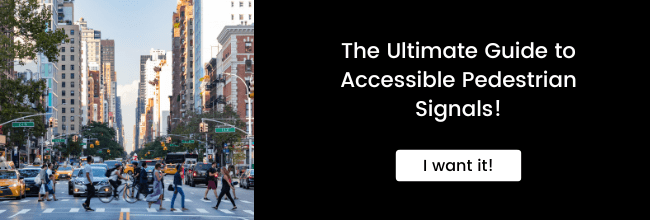

Recent Comments